Video Menu
My Favorite Videos
My Favorite Videos
Tiger Woods Swing Changes - Sean Foley
Sorry, you need to be a member to access this video.
You Are Just Seconds Away - Become a member here!
Already a member? Log in now

Tiger Woods has made many swing changes with Sean Foley are potentially harmful for your health! As this video discusses, there are two key moves that Tiger is working on that put unnecessary stress on the lead hip and spine.
- Tiger Woods has begun working with Sean Foley - what are they doing with Tiger's swing?
- We see Tiger drilling a much more forward, stack & tilt type position at impact
- This is probably intended to shallow the swing, and feels very powerful because it takes a lot of effort
- Tiger is also rotating his body more aggressively than before
- Both of these moves cause wear & tear on the body, putting Tiger at risk for injury in the long term
Well, The big news of late is Tiger Woods working with Sean Foley now.
And people trying to understand and figure out what he's trying to do in his golf swing and how that's going to impact his ability to hit the ball and play and so on, and so forth.
And of course, I have a few opinions on what I think is going on there.
I've had the privilege of seeing Tiger practice at Isleworth and it's pretty interesting the things that are going on.
And I want to explain to you what you can see Tiger drilling on TV right now and what, in my opinion, it's going to do to Tiger's swing and his body for the long haul.
So the first thing I want to talk about is Tiger working on getting himself way far forward outside of neutral joint alignment, with his left hip at impact.
This is one of the things that, kind of a stack and tilt trait, even though Sean doesn't really consider himself a stack and tilt guy per se, because he's working on keeping Tiger much more centered with his head or actually almost, not quite reverse pivoting, but basically versus having a shift to the right a little bit.
He's staying very much on this left side now and his head's definitely not moving away from the ball laterally at all.
If anything, it's possibly even starting to move slightly forward.
You need to do something to shallow out that move, because when you're leaning and staying on this left side, the swing tends to become very steep, okay?
So as he's doing that, as he works on moving his hip way out front, it shallows out.
It gives lateral movement, provides the ability for the swing to shallow out.
And so that's what that move is accomplishing.
Now, because Tiger's always bemoaned getting stuck and so on and so forth, feeling like you're staying more on top of the ball is definitely a way to help circumvent that.
And this shallowing out move of a lot of lateral movement helps balance out those two moves, and they work hand in hand together.
The downside of that is that when you're taking your hip and shoving it way out of neutral and trying to rotate on it, it causes a lot of excess wear and tear.
Just basic biomechanics and anatomy.
Any doctor will tell you if you're getting like this at impact and turning and hitting as hard as Tiger does, it's going to provide a lot of wear and tear.
The good thing is Tiger's very, very strong.
He works out at my gym.
Sean Foley works out at my gym.
I've seen them both work out.
They're both very strong fit guys.
And of course, Tiger feels that he's getting power back into a swing because he's putting a lot of physical effort into it compared to what he used to do.
So when you're doing this and really working your hips through, it's going to feel like you're putting a lot of power into it because muscularly you are.
But of course, it's not very efficient in my opinion.
It's not the most efficient way to do it.
But the big concern is whether or not Tiger's hip will hold up to this over the long haul.
There's a reason that every golfer from the 70s who had a hip way outside of neutral in this big lateral reverse.
C ended up with a hip replacement as they got older.
So hopefully that won't happen to Tiger.
But that's one of the major negative things that I think Sean is working on in Tiger's swing.
That I think is not necessarily in Tiger's best interest for the long haul for his golfing career.
The second thing I want to talk about is another thing that's kind of, again, all these pieces kind of work hand in hand.
They are effective for striking the ball.
Absolutely no question there.
Again, Coming back to the wear and tear on the body issue here is.
Sean wants Tiger to take his body and rotate it through as basically pretty aggressively, versus where Tiger was always staying a little bit more shut with his body, bringing his arms back in front and letting the club and arms release.
Now he's getting way outside of neutral and then rotating.
So that's why you see Tiger finishing with his right shoulder really close to the target now, and he's really rotated his body a lot.
Again, You don't need to be a biomechanics expert to realize that if you're turning your body this much as hard as you can, over and over and over again, eight hours a day as much as Tiger practices, you're going to put a lot of undue stress on your spine.
There's two things that your spine really, really hates.
First one is compression.
That one is just imagine compressing your lower back by arching your lower back.
And the second thing is rotation.
Putting tons and tons of force, the amount of force that goes through a golfer's body, especially someone as fit and powerful as Tiger, rotating their body as hard as they can through impact is tremendous.
Now couple that by the fact that how hard Tiger practices, how much he plays, And now you've got a recipe for disaster.
Because you're not only having the hip in a position where it's not designed to rotate in an optimal way, and then you're forcing the golfer to rotate as hard as he can.
He's now putting more stress on the hip and more stress on the spine versus you would see Tiger's older finish.
His body would end up a lot more square to the target.
Now he looks like he did when he first came out on tour in 95, 96, 97, where he's wrapped all the way around.
Again, Phil is powerful, not good on the body, and it's inefficient.
He's not going to pick up anything from it.
He may feel that he can do certain things that he was struggling with before, but with a couple of the tweaks from where he was before, he would have been, in my opinion, in much better shape, And now he's putting himself in a position for a lot more wear and tear on his body and potential injury.
So just keep that in mind.
You see what Tiger's working on, and then we'll just see how this unfolds as the future plays out.





























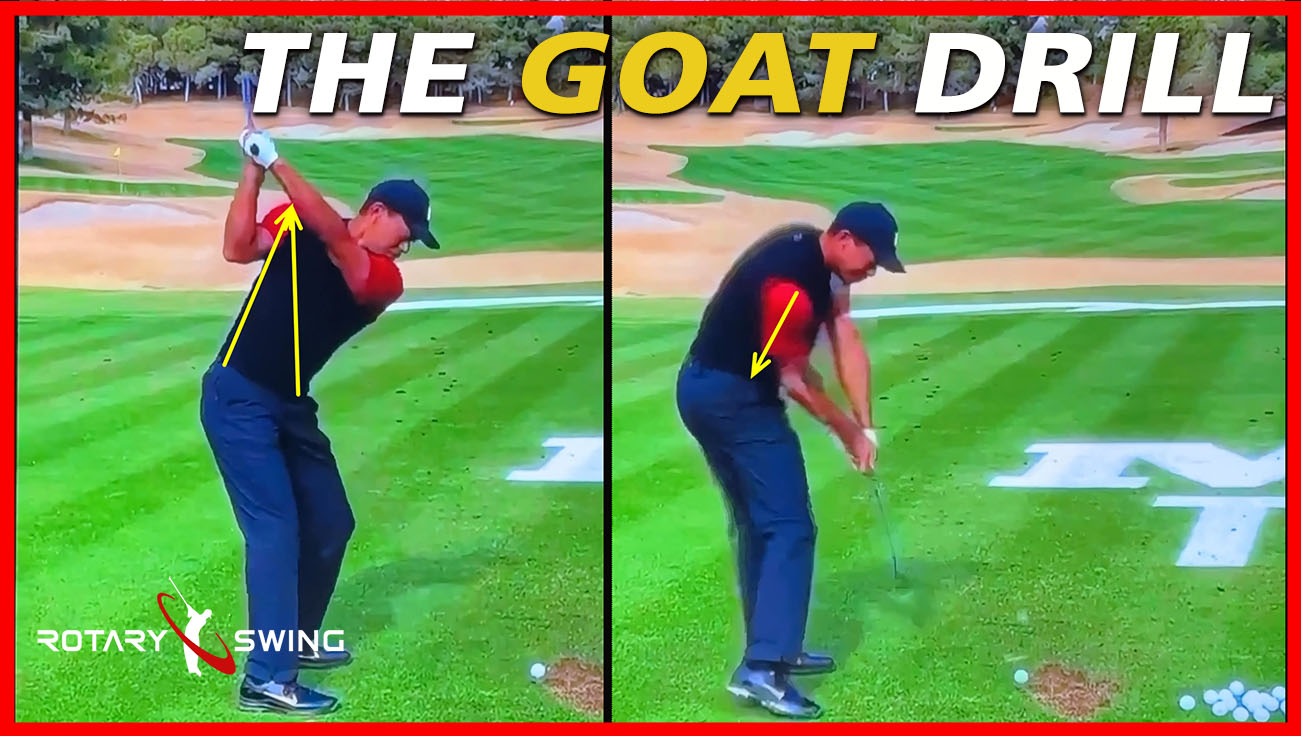


















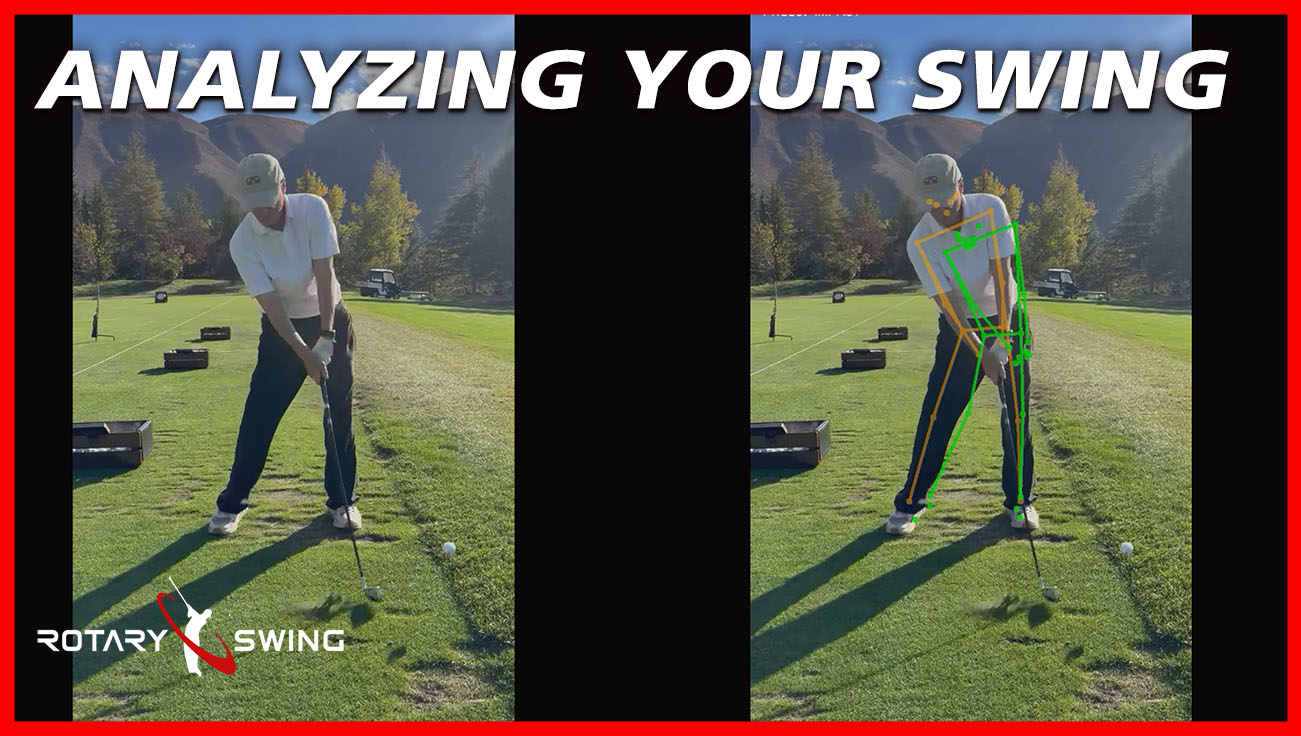






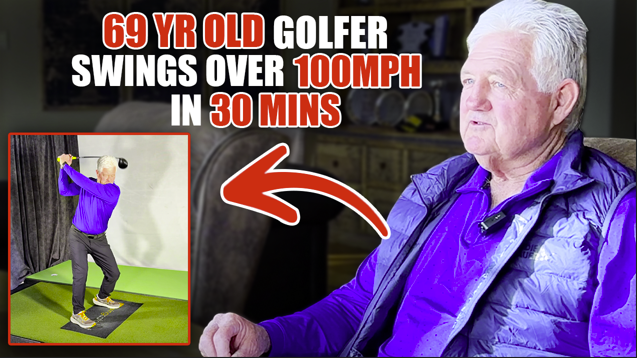














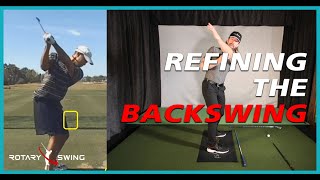



































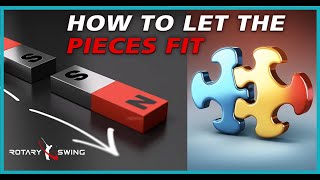




















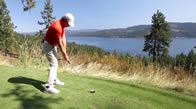



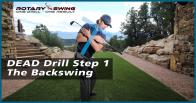

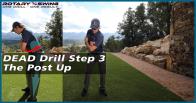






















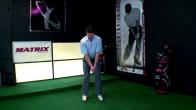



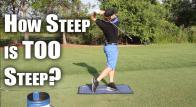

























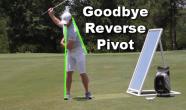





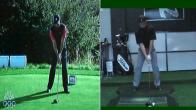



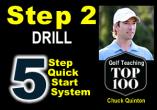






















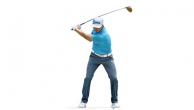






































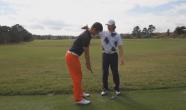






















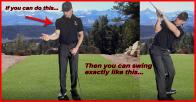






















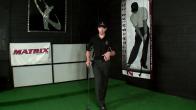














































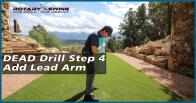




























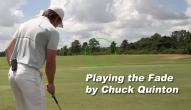













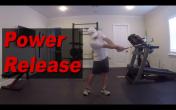
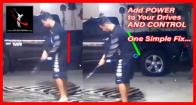





































































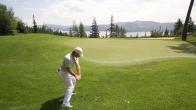

















Phillip
R.J. (Certified RST Instructor)
Andy
R.J. (Certified RST Instructor)